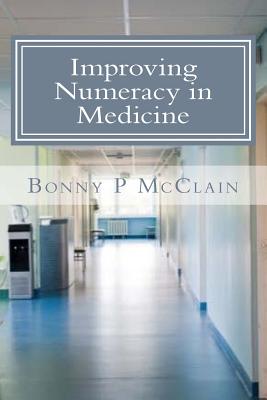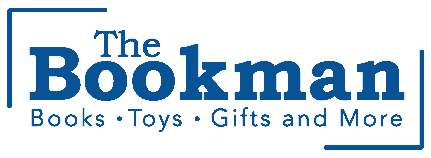
Improving Numeracy in Medicine
Description
According to Karl Pearson, British mathematician and arguably the father of modern statistics, statistics is the grammar of science. The idea for Improving Numeracy in Medicine evolved from dozens of conversations at the 2015 National Health Statistics conference, BMJ Medical Investigative Journalism conference, and other conferences including the Lown, National Physician Alliance, and Preventing Overdiagnosis. The central thesis in many of these conversations: data. Experts described how data is used to mislead, misinform, or sensationalize research findings or industry objectives. A cardiology resident told me, "We don't get much numeracy in our medical education." I decided to create a tool that might ameliorate the confusion. We don't need another statistics or biostatistics book. I can recommend dozens. My aim is to provide an accessible guide for the statistics books already on our shelves, a companion book we can use to illuminate the imperfect world of prediction and analyses. Highlights from recent peer-reviewed manuscripts anchor discussions of the most common elements of descriptive and inferential statistics. What is a hazard ratio? How do you determine effect size? Number needed to treat? Number needed to harm? Number needed to screen? If clinical literature is truly the foundation of evidence-based medicine, why is it written for statisticians? Journalists as well as scientists face many challenges in reporting medical research findings. Knowing what questions to ask when you review clinical data will help to improve the quality of your healthcare coverage. What is the finding? What does the finding mean? Could the finding be wrong? My goal with this book is to ask questions. I want to create a conversation. Because this topic is timely, I opted for the immediacy of self-publication. Let's get the conversation started--one datum at a time.

